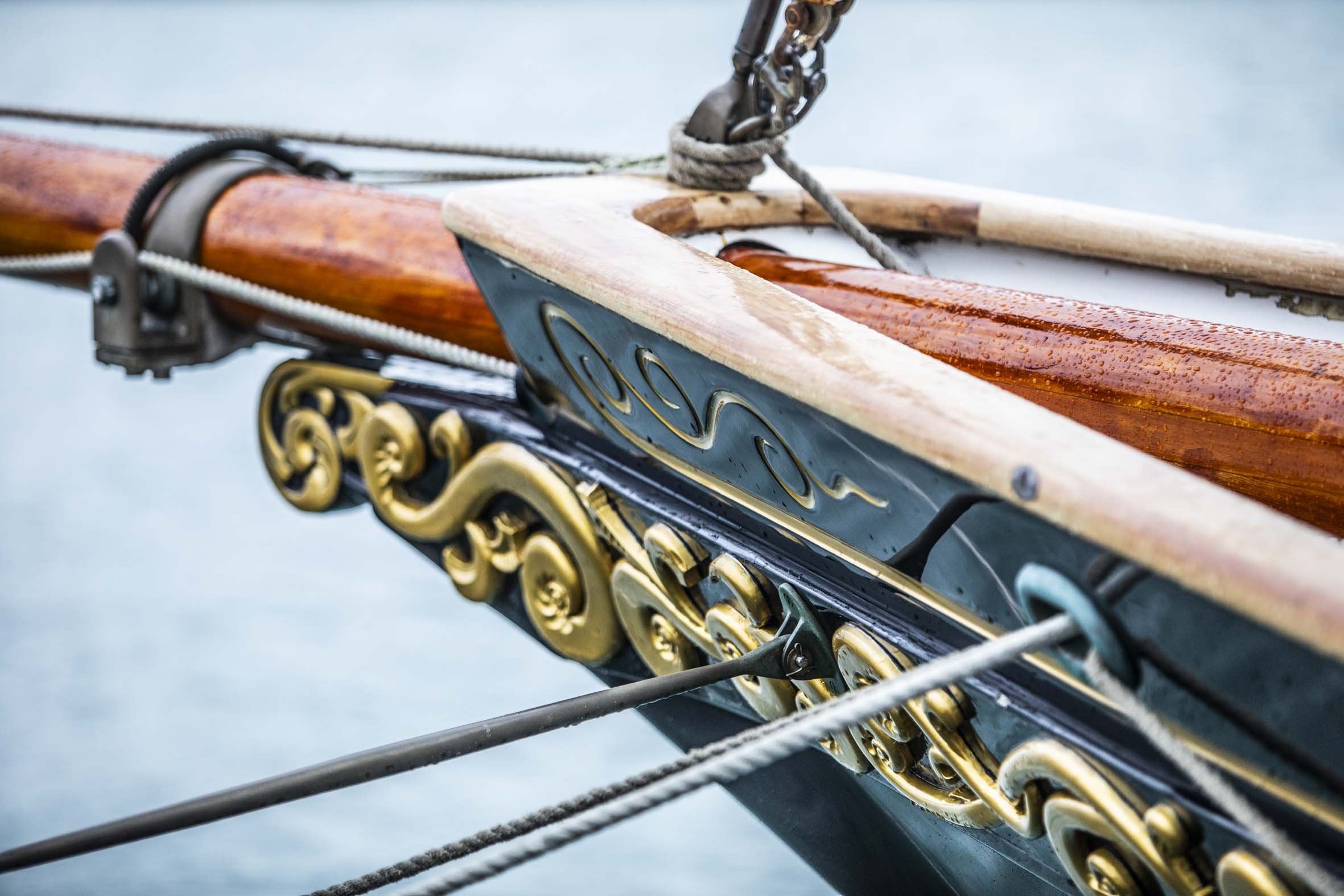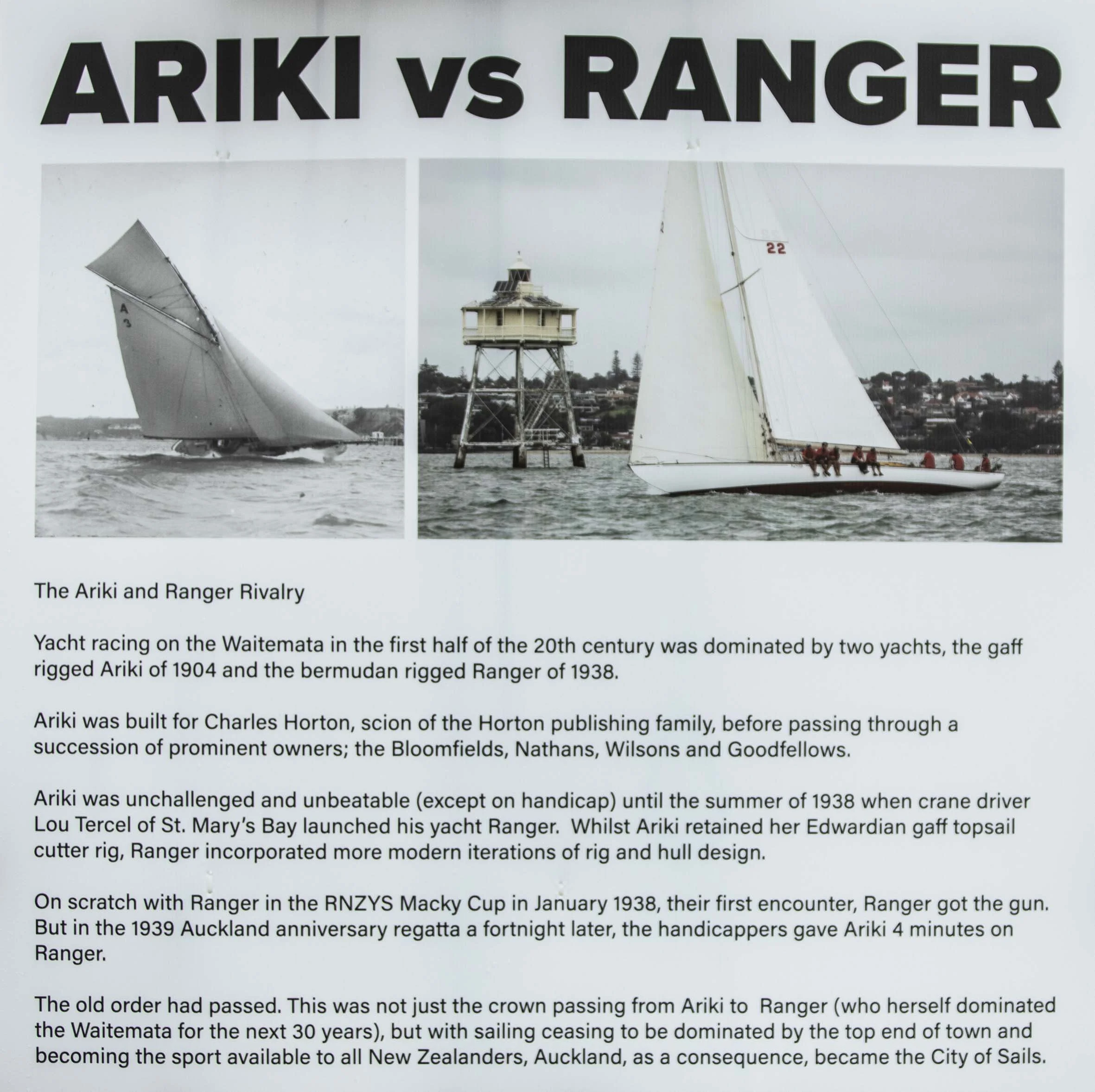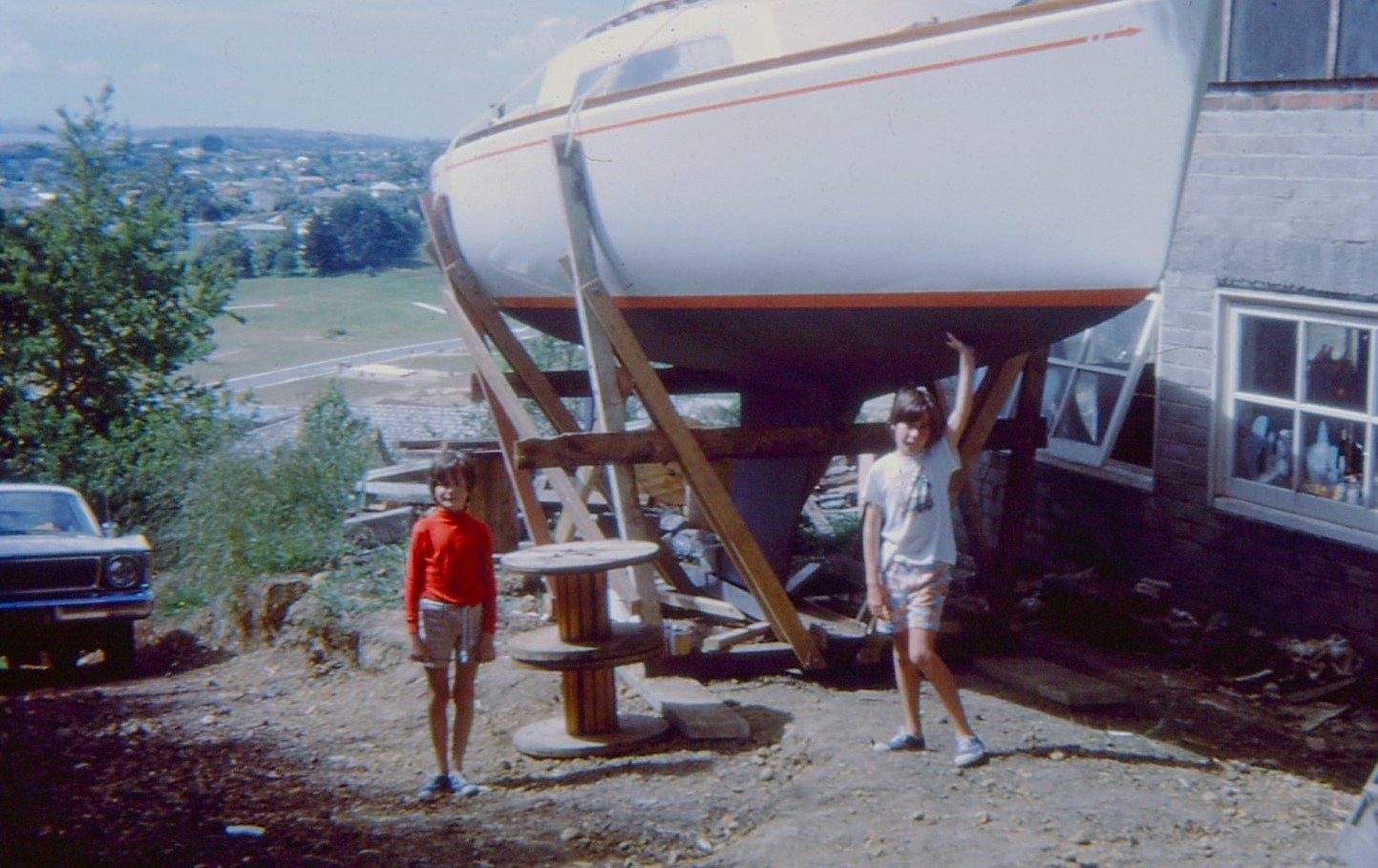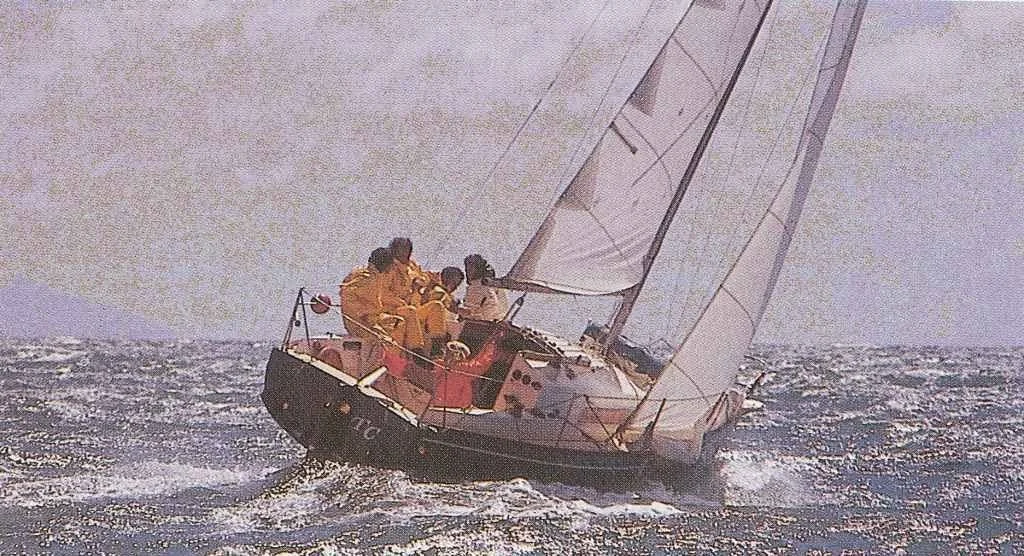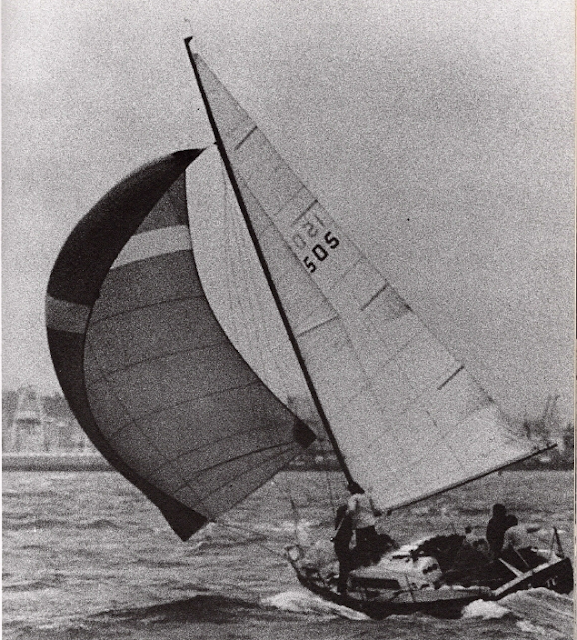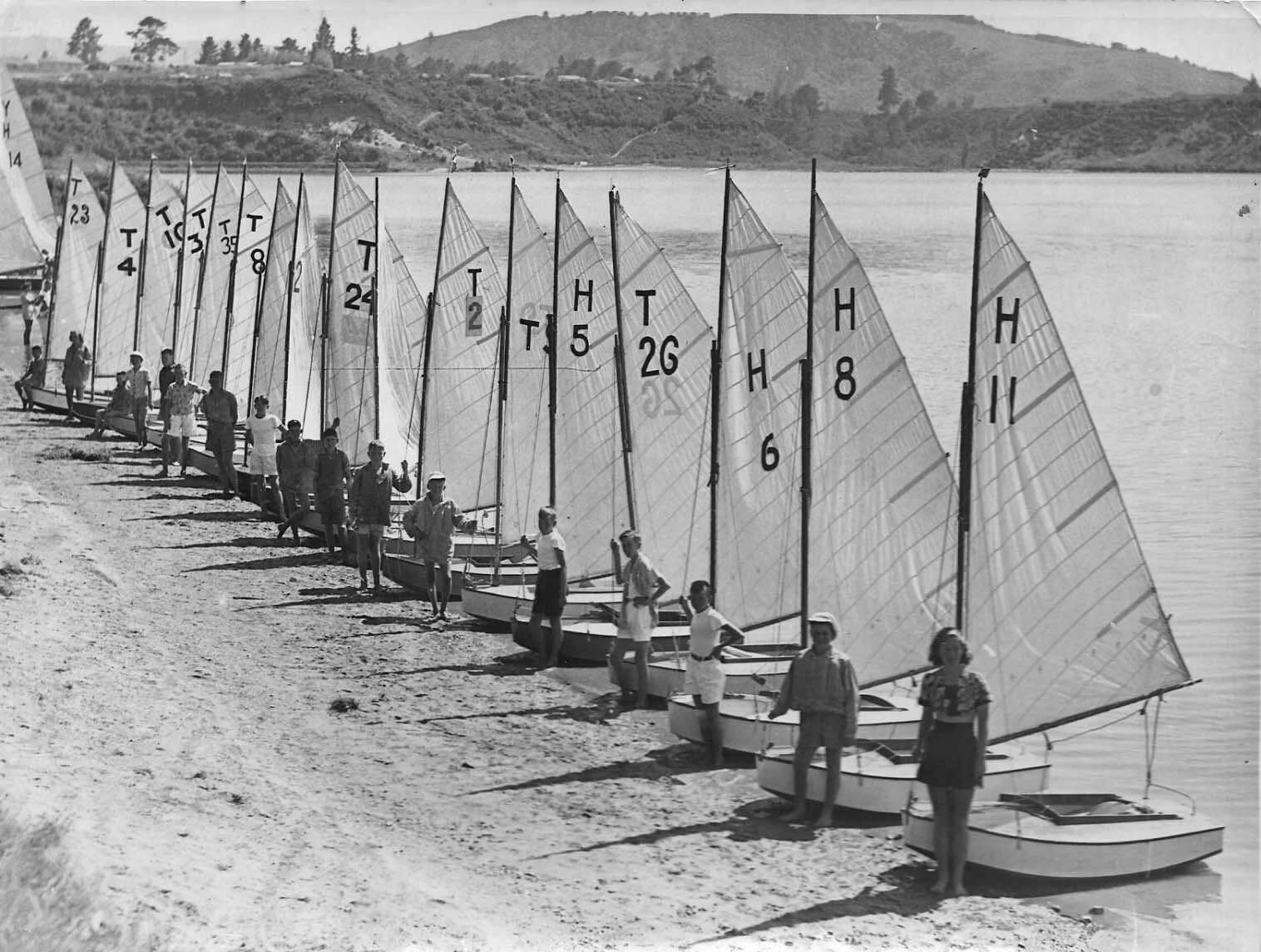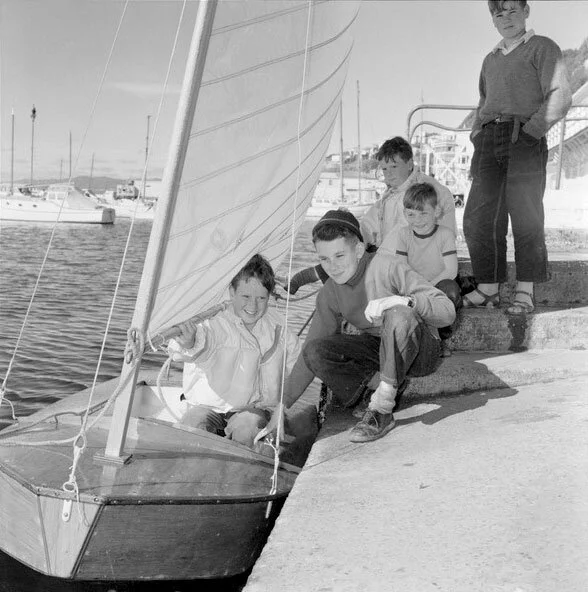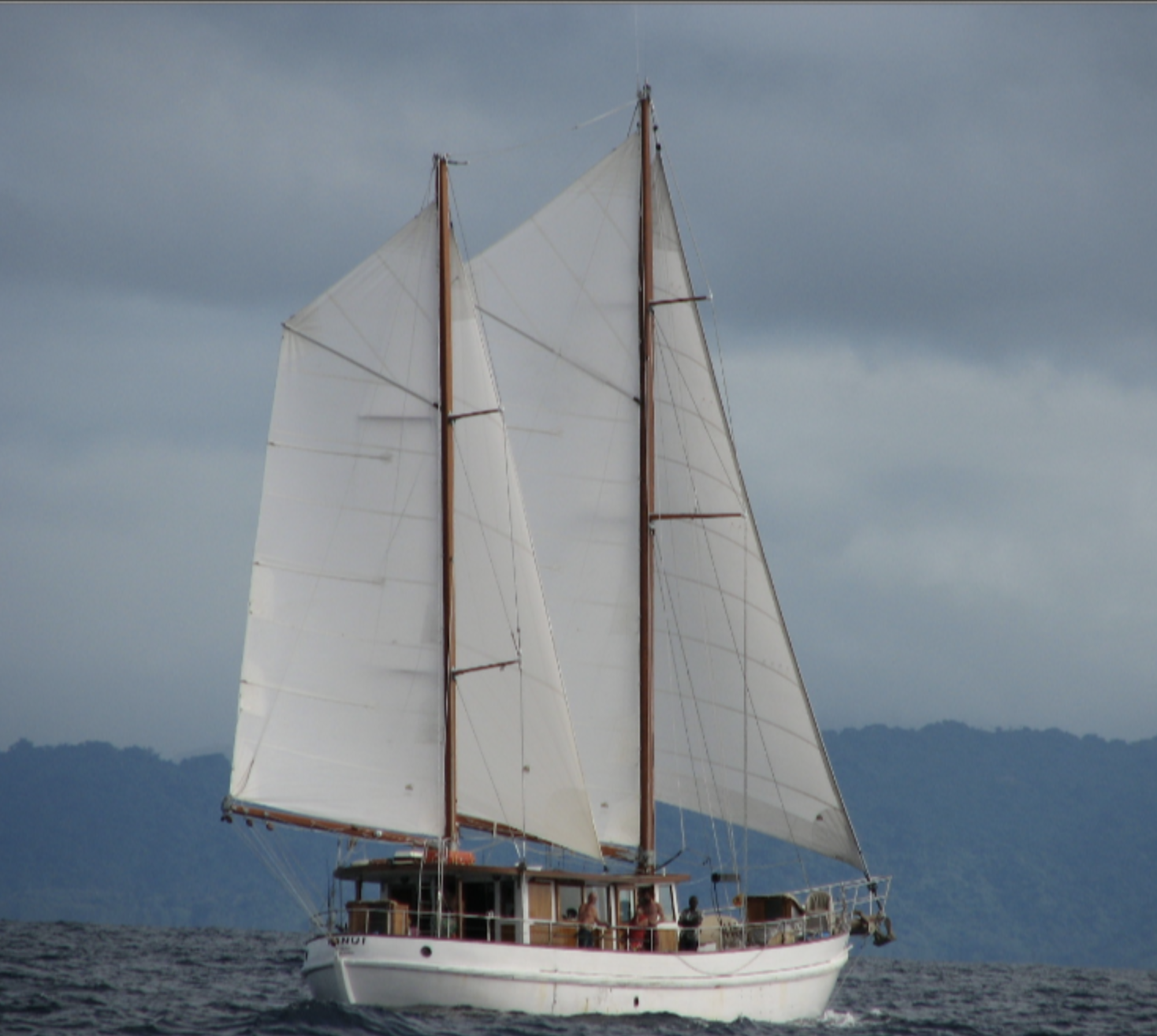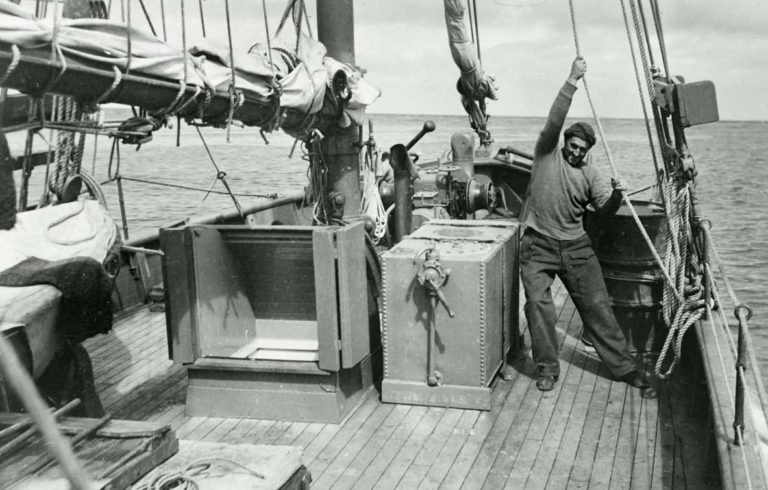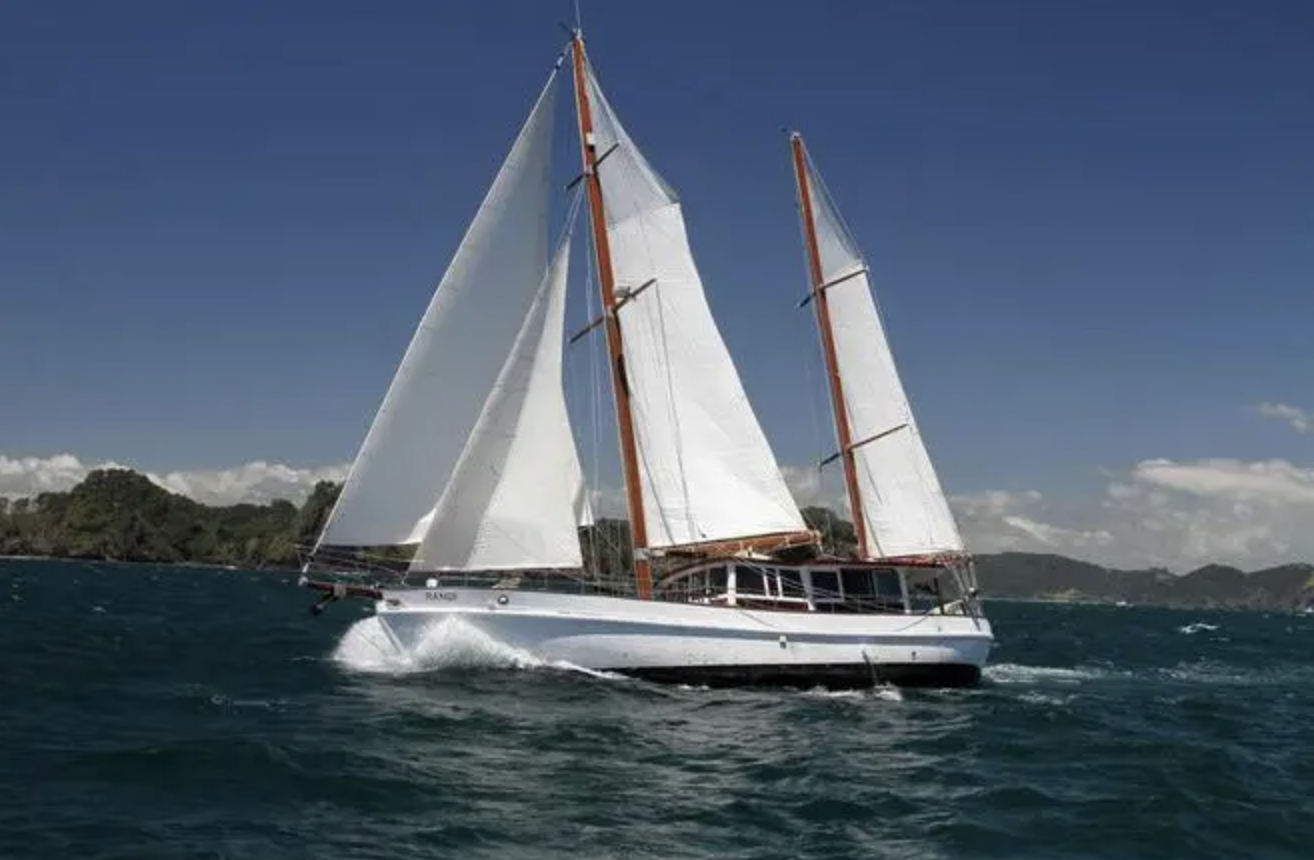The Inaugural Auckland Wooden Boat Festival
The Start of an Era
In so many respects the Wooden Boat world in New Zealand leads the way for its Trans-Tasman cousins. On a good day nine restored A Class gaff cutters can line up on a start line on the Waitemata, causing spirits to soar and hearts to pump a little faster! A kiwi culture of owning and using timber boats is engrained in all tiers of society especially in Auckland, where, in the past, a life on the water had been a normality, rather than a privilege.
So it’s surprising, that as the Australian Wooden Boat Festival celebrates its 30th anniversary this year, New Zealand has just this weekend had its first major wooden boat gathering.
Wooden Boat Festivals are strange ritualistic occasions. Beautiful (and occasionally not so beautiful) craft gather in one spot, flaunting their curvaceous bodies, and sparkling varnished jewels in the bursts of sunshine, as crowds mill around the pontoons, pontificating on the worthiness and attributes of each vessel… but on the surface, nothing much happens!
And yet the deep connectivity amongst the participants and public is not only tangible, but also highly restorative. After a couple of days strolling the walkways, absorbing the atmosphere, the meaning of life becomes a little clearer.
And so it was with the Auckland Wooden Boat Festival 2024, where around 90 boats berthed in Jellicoe Harbour, and a further 60 were displayed, some fully rigged, on land at the Viaduct Events Centre.
The team that has been behind the first of what will be many events, has pulled off a miracle. Given less than six months to make it happen, Michelle Khan & Tony Stevenson, have negotiated the tough obstacle course of local politics, multiple interest groups, no precedent, and an unrealistic timeframe, and produced a spectacular event. And perhaps most excitingly of all, the potential upside for 2026 is massive.
As someone who has wandered around a few wooden boat festivals in the last few years, the first thing that struck me was the underlying quality of the vessels. There is no scraping around to make up the numbers here… every vessel was in some way, a prime example of its type, whether a turn of the (last) century racing cutter, a 1960’s world beating one toner or family owner gulf cruising motorboat. Two words explain this standard of craft… Kauri and Culture. This is a community that grew up on the edge of a vast network of islands and semi-protected waters, fringed by one of the worlds greatest, rot resistant, workable boat building timbers. Perhaps we shouldn’t be surprised. Tony Stevenson did a magnificent job of the berthing tetris, arranging the vessels thematically, telling stories via the connections, not just the individual vessels.
For instance two of the harbour’s line honours boats lay side by side, their quest for the finishing gun, spanning the first 70 years of the 20th Century.
The information board hanging between the moored boats explains their rivalry…
In the exhibition space beside Jellicoe Harbour, recently release from the clutches of Team New Zealand (remember the Americas Cup?) the festival continued with a dinghy and small power craft display. Many of New Zealand’s famous dinghy designs were represented, along side a interactive children’s activities area, model boats, a coffee stall serving “Jonny Wray” coffee and much, much more!
Across Viaduct Harbour at the The New Zealand Maritime Museum, there was a two day series of talks and discussions ranging from Lin Pardey telling of her 40 years of adventuring, Matua Stan Conrad talking about Pacific Voyaging and Navigation, to a panel discussion on whether there is a sustainable future for Classic Yachts, in which SWS was proud to be represented.
What will be different in 2026?
With a full two year time frame to create the next event, and the proof of concept done, we should expect great things for the 2nd Auckland Festival. Now that the community has seen what’s possible, I imagine that multiple activities surrounding the boats will enrichen the long weekend. With funding the that comes from industry participation and add ons, such as food offerings and live music, I expect that it won’t be long before the Auckland Wooden Boat Festival will be demanding the attention of not only New Zealanders, and their Trans-Tasman friends, but also the traditional maritime communities from Europe and America.
Three Boats that I loved because they are very “NEW ZEALAND”
TITUS CANBY was designed by Bruce Farr for Rob Blackburn who had previously crewed with Farr in 12 ft dinghies.
Rob required a yacht around 26 ft that would have a very low building cost for Harbour and Gulf racing under a general handicap system, and for Gulf cruising.
The basic concept was for a light displacement yacht, broad in the aft sections to ensure high speed reaching and running, and fine forward with a reasonable ballast ratio set low in a fin keel to develop good windward performance.
Hull constructionis glass over ply. 3 skins of 6⁄32 in Luan ply laid vertically with joints staggered. There are 7 stringers astride at 10 in centres. Bulkheads are double-sided ¼ in ply on ⅛ in framing
The Deck construction is single layer ⅜th ply on foredeck beams of 2 in x ⅞ in at 10in centres
The rig was 7/8 with, for that time, relatively small headsails and no running backstays, which gave a simple, low cost rig.
When the boat was launched its performance exceeded all expectations. Rob rated the boat as a 1/2 Tonner and went on to win the New Zealand Half Ton Championships in 1972.
There were two early P Class Dinghies on display celebrating the 100th birthday of the class this year. Designed by Harry Highet in 1920, the plans were presented to the Tauranga Yacht & Powerboat Club in January 1924 and were originally known as 'Taurangas'.
The uniquely New Zealand boat has evolved over the years from plank, gunter rigged, cotton sails, to the current Plywood and Fibreglass hulls, Carbon masts and foils, Dacron sails and aluminium booms.
The roll call of sailors of this class reads like a 'Who's Who' of NZ sailors and includes (but in no way limited to); Jimmy Gilpin, Robbie and Gary Denniston, John Moyes, Greg Palmer, Craig Gilbert, Dave Barnes, Peter Blake, Trevor Cox, Chris Dickson, Russel Coutts, Leslie Egnot, Jon Bilger, Barbara Kendall, Jo Aleh, Paul Snow-Hansen, Erica Dawson, Peter Burling, Jason and Thomas Saunders, Molly and Sam Meech, Blake McGlashan, Oli Stone, Bella Jenkins, Will Leech, William Mason and Nelsen Meacham.
Read more about the P Class HERE
The RANUI is a 70 tonne traditional Norwegian Pilot Ketch with a wonderful history. She was designed and built in 1936 by whaling Captain Korinius Larsen at Port Pegasus, Stewart Island, New Zealand. Crafted entirely of native kauri and totara, the Ranui is enormously strong and has long been renowned for her sea worthiness.
During her first five years she carried fish and timber from Stewart Island to Bluff and was engaged in the tourist trade in Fiordland. Then, in 1939 she underwent the first of several fascinating transformations. Following the outbreak of the Second World War, the Ministry of Defence identified the islands of New Zealand as potential targets for enemy attack. Secret War Cabinet messages were sent authorizing the commandeering of a suitable spy ship to patrol and supply the Auckland Islands, the Campbell Islands and the Kermadecs. It was decided that the Ranui was the perfect vessel for this vital assignment. Her hull was painted in Royal Navy camouflage, her sails were changed to camouflage and her crew was armed. She was fitted with the most powerful radio transmitters available and was sent to work in the defence of New Zealand.
The Ranui continued in her role as supply ship following the Japanese surrender, but it would not be long before the fate of this historic ketch took another interesting turn. Shortly after being purchased by the Pacific Territories Department in 1950, the Ranui was commissioned by none other than Queen Salote of Tonga, for use as the official Royal Yacht. She occupied this regal post for three years before being purchased by George Ellison.
And finally thanks to Roger Mills for this overview of the weekend







